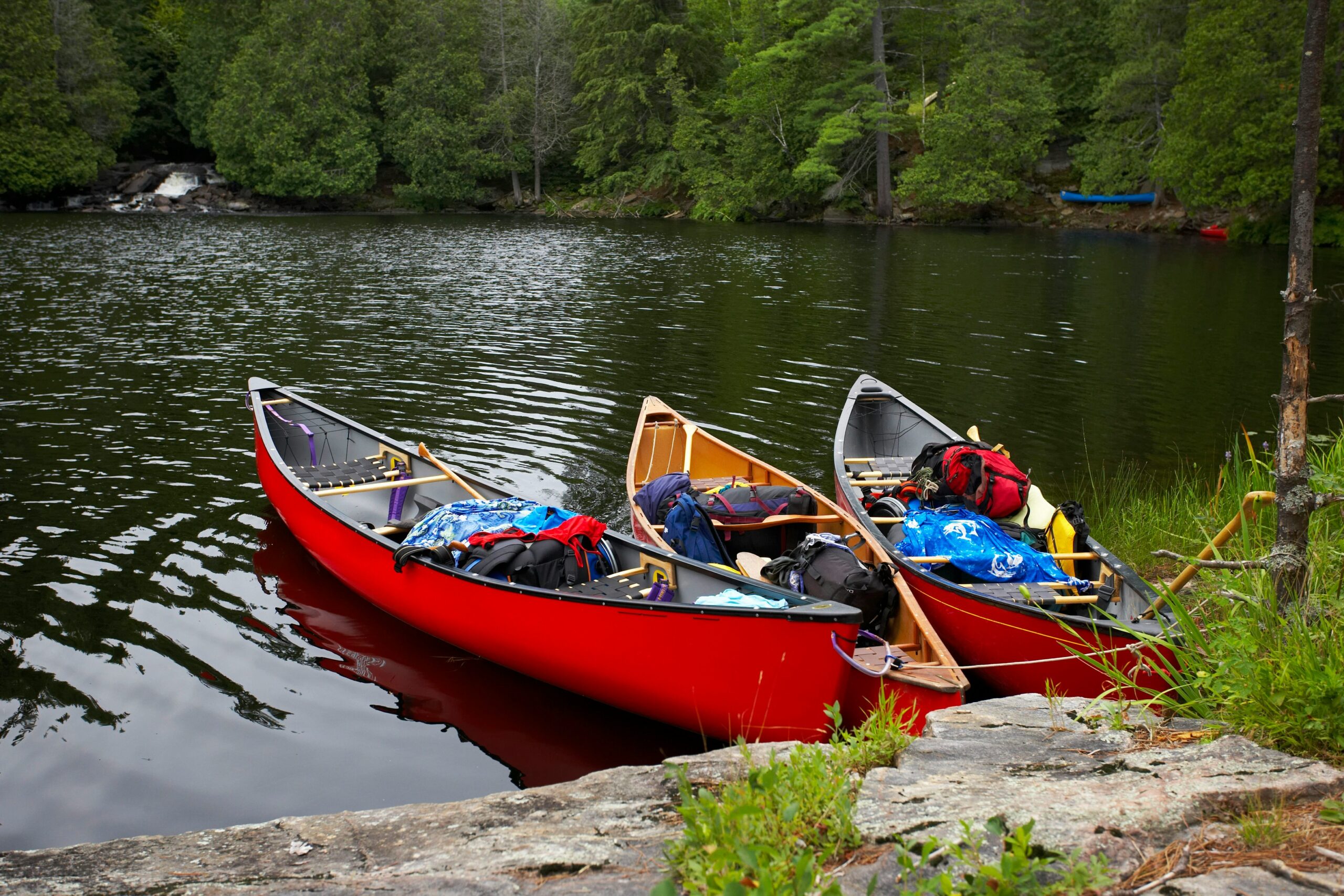
Kayaking is a fantastic way to immerse yourself in nature, providing access to stunning landscapes and waterways. However, as more people take to the water, adopting eco-conscious practices that protect the environment is crucial. Sustainable kayaking isn’t just about enjoying the beauty of nature but also about preserving it for future generations. By following environmental responsible habits, kayakers can minimize their impact on ecosystems and help maintain the health of aquatic habitats. Here’s how to embrace sustainable kayaking while still having a memorable experience on the water.
Preserve Wildlife and Their Habitats
One of the most important principles of sustainable kayaking is respecting the wildlife that inhabits the areas you’re exploring. Whether you’re paddling on a lake, river, or along the coast, it’s essential to maintain a safe distance from animals to avoid disturbing their natural behaviors. Close encounters can cause wildlife to flee, waste energy, or even abandon nests and young.
If you spot wildlife, resist the urge to paddle closer for a better view. Instead, use binoculars or cameras with zoom lenses to enjoy the experience without causing harm. Be mindful of areas marked as protected or restricted, as these often serve as critical breeding or nesting grounds for species. Respecting these zones helps protect wildlife and ensures that these areas remain healthy and vibrant for future paddlers.
Stick to Established Routes and Launch Sites
Establishing routes and designated launch areas is essential for reducing human impact on fragile ecosystems. Many sensitive habitats, such as wetlands and marshes, can easily be damaged by foot traffic or kayaks launched from unapproved spots. Sticking to marked routes helps protect these ecosystems from unnecessary disruption.
Designated launch sites are chosen to minimize environmental damage, so always use these spots to enter and exit the water. This not only preserves the surrounding environment but also ensures your safety. If you’re kayaking in an unfamiliar location, do a little research beforehand to identify approved access points and waterways, and follow local guidelines for preserving the area’s natural beauty.
Keep Waterways Clean: Take Your Trash With You
One of the most visible impacts kayakers can have on the environment is litter. Trash left behind by visitors, even in small amounts, can harm wildlife and pollute waterways. Sustainable kayaking requires strict adherence to the “Leave No Trace” principle, meaning everything you bring on your kayak should also be left with you.
Bring a small bag for collecting trash, and make sure you properly dispose of any waste, including food wrappers, bottles, and other debris. Additionally, if you come across litter left by others, consider picking it up and helping to keep the area clean. By taking responsibility for the waterway’s cleanliness, you save the environment and ensure that future visitors can enjoy a pristine and unspoiled landscape.
Choose Eco-Friendly Gear
The gear you use while kayaking can significantly impact the environment. When selecting products for your next kayaking trip, consider eco-friendly options, from biodegradable sunscreen to reusable containers. Traditional sunscreens can contain chemicals harmful to marine life, so opt for reef-safe formulas that protect your skin and aquatic ecosystems.
Similarly, bring reusable water bottles, food containers, and bags to reduce your use of single-use plastics. Plastic pollution is one of the biggest threats to marine life, and reducing your reliance on disposable products is a simple way to minimize your impact. When purchasing new kayaking equipment, look for brands that prioritize sustainable materials and practices to support a healthier environment.
Prevent Water Pollution
Water pollution can devastate aquatic ecosystems, and kayakers must be mindful of how their actions can contribute to this issue. One of the most important steps is to avoid using harmful chemicals that can wash into the water, such as non-biodegradable soaps or toxic insect repellents. Instead, choose biodegradable, eco-friendly alternatives that won’t harm water or wildlife.
Another critical practice is cleaning your kayak and gear after each trip to prevent the spread of invasive species. Invasive plants, animals, or microorganisms can hitch a ride on your kayak or paddles, transferring from one body of water to another and disrupting local ecosystems. Thoroughly washing your gear before moving between different waterways helps protect native species and maintain the environment’s health.
Support Local Conservation Efforts
Beyond practicing sustainable kayaking habits, you can make a broader impact by supporting local conservation efforts. Many organizations work tirelessly to protect aquatic environments through habitat restoration, clean-up events, or advocacy for environmental protection policies. By donating, volunteering, or spreading awareness about these initiatives, you can help preserve the waterways you love to paddle on.
They are participating in local clean-up efforts, whether organized or informal, is a direct way to give back to the environment. Even a small effort, like collecting litter during your kayaking trip, contributes to a larger environmental stewardship movement. When paddlers unite to protect the environment, the cumulative impact is significant, helping to ensure that these natural spaces remain healthy and vibrant.
Sustainable kayaking is about more than just enjoying time on the water—it’s about ensuring that the ecosystems we paddle through are protected and preserved for the future. By respecting wildlife, sticking to designated routes, packing out all trash, using eco-friendly gear, preventing pollution, and supporting conservation efforts, kayakers can help protect the environment while still enjoying the thrill of the sport. With these responsible practices in mind, you can have a memorable kayaking adventure that leaves the natural world as beautiful as you found it.